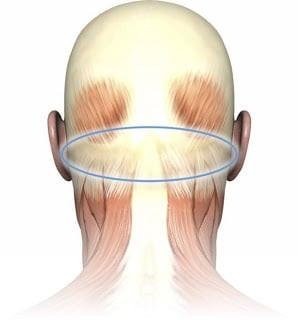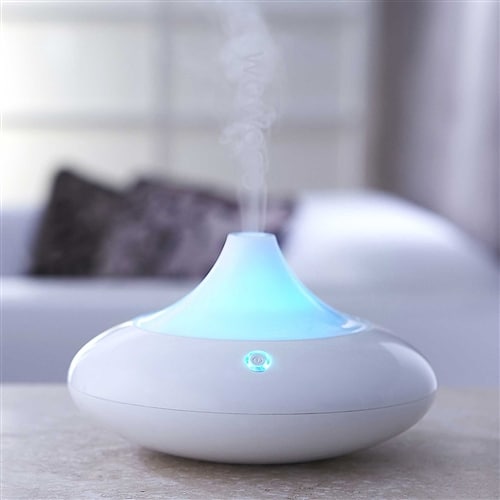August 19, 2014

Essential Oils 101 - How to Apply: Essential oils are used for a wide range of emotional and physical wellness applications. Either a single oil can be used or a blend, depending on the user's experience and the desired benefit. Essential oils are usually applied by one of three methods: diffused aromatically, applied topically, or taken internally as dietary supplements as stated on the label.
Due to the natural molecular composition of EOs, they're easily absorbed by the skin and can be safely applied topically, sometimes diluted with a carrier oil and sometimes "neat" (undiluted). Once they're applied, essential oils can have almost an immediate, localized effect to the area of where applied. They have restorative and calming properties and can be used very effectively in massage and beauty therapy. EOs are also natural disinfectants, many are antimicrobial and the similar chemical structure of essential oils allows them to be absorbed into the bloodstream via the skin for internal benefit throughout the body.

Our sense of smell influences lots of physiological pathways including the stimulation of hormones and other metabolic processes. Aromatherapy is founded on the body's predictable response to specific olfactory stimuli. Essential oils are widely used in aromatherapy applications. Certain essential oils diffused in the air can be stimulating while others can be calming and soothing. Beyond emotional benefits, diffusing essential oils can purify air of unwanted odors and some airborne pathogens. Low or no-heat essential oil diffusers are recommended because they don't change the chemical structure of the oil being diffused. EOs can also be used as cleaning and purifying laundry and surfaces in the home.
Therapeutic essential oils can also be used as dietary supplements supporting a variety of healthy conditions. Some EOs have powerful antioxidant properties while others help support a healthy inflammatory response in cells. Many EOs are generally regarded as being safe for dietary use in moderation but there are oils that should not be taken internally. Please don't use any essential oil product internally that does not have the appropriate dietary supplement facts on its label. Food for thought: taking essential oil internally sends your essential oils through the digestive system. Results can be modified by body fluids and delayed by the whole process. Consider topical application first and foremost for the quickest results and the most benefits.
Using essential oils can be both profoundly simple and life changing all at once. Working with someone who has used essential oils before can help first-time users have a good experience and boost their confidence. There's a wealth of information available for those wanting to increase their knowledge of essential oil applications. Some ideas for you...
I recommend purchasing a few good books, and spending lots of time Googling EOs and their uses! As always, hands-on use will add to your confidence and open up lots of learning opportunities to broaden your knowledge and healing skills. Practice "less is more", essential oils are very potent tools, learn all you can about their uses and their cautions. Example: Oregano! This is a very hot essential oil and always needs a carrier oil for topical applications.
I hope this post helps simplify some of the basics of EO use. While it all seems overwhelming at first, very soon it becomes second nature, I promise. Just keep your EOs within reach and use them everyday because consistency is key when you're learning and healing.
